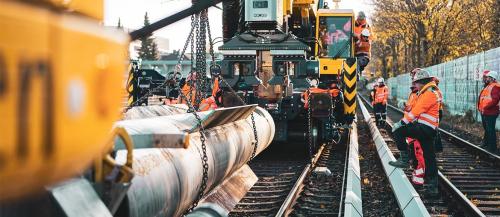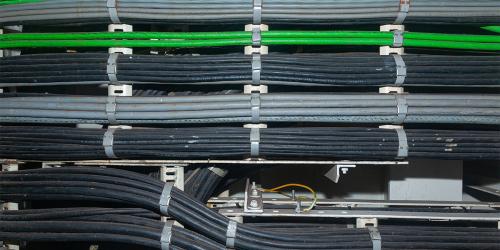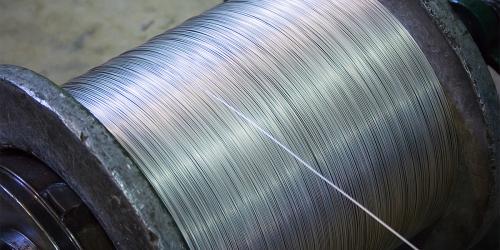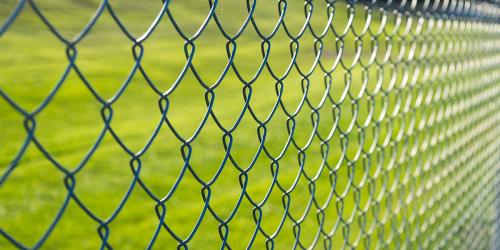Stainless steel is the perfect material for a varied range of uses in today’s world. Its overall strength and corrosion resistance properties mean it is a low maintenance metal that has a very long lifespan and, in a world where sustainability and environmental impact is more important than ever, it is also fully recyclable!
Before we look at the most common uses for this fantastic metal, let’s just take a moment to ask; what is stainless steel and why is it different to regular steel?
Regular steel is an alloy of iron, where the iron undergoes a bonding process with other elements including carbon. In addition to the main elements of iron and carbon, there will be smaller amounts of manganese, phosphorus, sulphur, silicon, and traces of oxygen, nitrogen, and aluminium. The steel alloy may in some cases also have other elements added in order to modify the characteristics of the steel alloy. This includes elements such as manganese, nickel, chromium, molybdenum, boron, titanium, vanadium, and niobium.
Stainless steel is created by introducing at least 10.5% chromium to the regular steel alloy production process. The chromium helps to form a layer of chromium oxide on the surface of the stainless steel which does not react with moisture in the air in the same way that regular steel forms iron oxide (commonly known as rust). Essentially, the chromium oxide layer on the stainless steel acts in way that prevents the iron element in stainless steel from oxidising, giving it fantastic corrosion resistance. It is worth mentioning that although stainless steel is often thought of as glistening and shiny, it is not truly stainless and can lose its sheen in environments with low oxygen, high salinity, or poor air circulation.
According to Wikipedia’s entry for stainless steel, there are over 150 different grades of stainless steel, but only 15 of these are commonly used, and they will fall in to five main families based on their crystalline structure.
So, what are the most common uses for stainless steel?
Stainless steel can be made into tubing, bars, coils, plates, and sheets which means it can be used for hundreds of applications, but the most common industries it is used in include:
- Automotive Industry
- Medical & Healthcare
- Energy Industry
- Catering & Foodstuff production
- Construction & Tools
- The Automotive Industry
The use of stainless steel in the modern automotive industry is increasing and is used in all forms of transportation vehicles such as cars and trucks, but also in ships, rail, and aircraft. Its most common use in the automotive industry is probably exhaust systems, and trims on road vehicles. However, you might not have realised it is also excellent when used as a container for chemicals, liquids, and foodstuff because it still has high strength even in a thinner container wall. It is widely used for freight containers in shipping and road haulage, where it saves on fuel costs and reduced maintenance.
- Medical & Healthcare
Stainless steel is well suited to use with environments that need to maintain high levels of hygiene. Not only is it resistant to corrosion, but it is also very easily sterilised which means it is perfect for medical equipment, from surgical instruments to operating tables. Did you know that many surgical implants use stainless steel, for instance the pins and plates used to hold broken bones in place?
- The Energy Industry
The latest renewable energy technology makes use of stainless steel components in many solar and wind powered pieces of equipment because it can endure and resist many weather conditions and even the demands of sea water environments, where it is used in hydro power applications. Stainless steel is also used in other more traditional industries in the energy sector where high-grade stainless steel can be used for crude oil storage tanks, or pipes and valves.
- Catering & Foodstuff
This is an area you may be more familiar with because stainless steel is extensively used for cutlery, cookware, and everyday kitchen accessories such as saucepans, sinks, and grills; you probably own a set of stainless steel knives and forks, or saucepans. It is widely used in commercial kitchens and food production plants where it can be used for storage and worktops because it does not affect any flavours in the food and can be very easily sterilised.
- Tools & Construction Industry
Last, but by no means least in our view, is the use of stainless steel in tools and the construction industry. Stainless steel is used in many applications within the construction industry because it has excellent strength and is highly resistant to corrosion. More recently the fact it can be recycled means it is a great choice for building projects that want to use sustainable materials in the construction process.
Finally, we come to stainless steel tools and fixings – a subject area we know a lot about! Stainless steel is widely used for common tools like spanners, pliers, screwdrivers, and fixings such as sign banding, screws and tying wire.
If you are looking for stainless steel tools and fixings, be sure to check out our range of stainless steel fixings such as our Stainless Steel Spax Screws, Stainless Steel Banding, or Stainless Steel Tying Wire.






